LED Street Lights Being Installed in CT Towns Even As Health Concerns Are Raised
/The American Medical Association’s new policy stand “against light pollution and public awareness of the adverse health and environmental effects of pervasive nighttime lighting,” comes as municipalities across Connecticut and the nation are replacing longstanding lighting systems with LED lights in an effort to save money and improve safety. The AMA however, is warning that the rapid pace of change could bring long-term detrimental health and safety effects. The AMA has noted that “it is estimated that white LED lamps have five times greater impact on circadian sleep rhythms than conventional street lamps. Recent large surveys found that brighter residential nighttime lighting is associated with reduced sleep times, dissatisfaction with sleep quality, excessive sleepiness, impaired daytime functioning and obesity.”
The organization noted earlier this month that “approximately 10 percent of existing U.S. street lighting has been converted to solid state LED technology, with efforts underway to accelerate this conversion.” The AMA’s Report of the Council on Science and Public Health on “Human and Environmental Effects of Light Emitting Diode (LED) Community Lighting” cautioned that “white LED street lighting patterns also could contribute to the risk of chronic disease in the populations of cities in which they have been installed. Measurements at street level from white LED street lamps are needed to more accurately assess the potential circadian impact of evening/nighttime exposure to these lights.
The AMA recommendations were developed to “assist in advising communities on selecting among LED lighting options in order to minimize potentially harmful human health and environmental effects”:
- an intensity threshold for optimal LED lighting that minimizes blue-rich light
- all LED lighting should be properly shielded to minimize glare and detrimental human health and environmental effects,
- consideration should be given to utilize the ability of LED lighting to be dimmed for off-peak time periods.
The concerns are not new, but they are receiving greater attention in the wake of the AMA’s formal community guidance and policy position, adopted at the organization’s annual conference in Chicago in mid-June.
Communities in Connecticut that have taken steps to switch to LED lighting include New London, Berlin, Plainville, East Hartford, Rocky Hill, Stamford, Southington, and Cheshire, according to published reports. An article authored by UConn professor of Community Medicine and Health Care Richard G. Stevens, highlights red flags being raised by the AMA regarding the safety of LED lighting being installed in cities around the country. The article first appeared on an international website, theconversation.com, and has since appeared on sites including CNN. Stevens, an expert on the health impact of electric lighting, has raised concerns for more than a decade.
The Illuminating Engineering Society, founded in 1906 and based in New York, noted in a position statement that “exposure to optical radiation affects human physiology and behavior, both directly (acute effects including melatonin suppression, elevated cortisol production, increased core temperature) and indirectly (resetting the internal circadian body clock). There is no confirmation that typical exposures to exterior lighting after sunset lead to cancer or other life‐threatening conditions.” The Illuminating Engineering Society of North America (IES) is described as “the recognized technical authority on illumination.” The IES website indicates that the organization was “not represented in the deliberations leading to [the AMA document]. We intend to contact the AMA and work with them to ensure that any lighting related recommendations include some discussion with the IES.”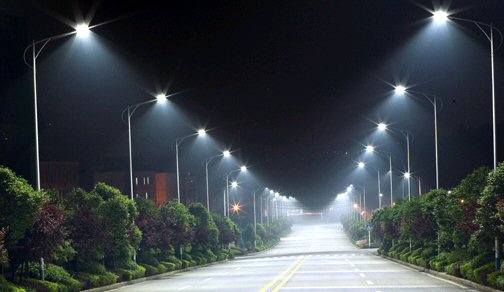
ANSES, the French Agency for Food, Environmental and Occupational Health & Safety, has published a report entitled (in English): " Lighting systems using light-emitting diodes: health issues to be considered," which focuses squarely on potential problems caused by LED lighting. The LEDs Magazine website indicates that the full report is available in French only, but the report summary (in English) says that risks have been identified concerning the use of certain LED lamps, raising potential health concerns for the general population and professionals.
"The issues of most concern identified by the Agency concern the eye due to the toxic effect of blue light and the risk of glare," says the report, adding that the blue light necessary to obtain white LEDs causes "toxic stress" to the retina.
Back in 2011, a comprehensive report by Carnegie Mellon University’s Remaking Cities Institute (RCI) on the city of Pittsburgh’s transition to LED street lighting indicated that “Glare is an issue with LED street lighting. The RCI research team’s literature review and interviews with manufacturers and municipal agencies in cities with LED replacement projects indicate that the emphasis is being placed almost entirely on energy savings, to the exclusion of visual quality issues. The substantial glare caused by LEDs is not typically included as a measurable criteria in evaluation processes, and when it is, the tools of measurement are inadequate. As a result, glare persists as an issue.”
That report also noted that “the public is informed that LEDs save energy told that they are better in quality (often false) and that more accurate in color (often false).” In addition, the 113-page report indicated that “While the use of bright lights is believed to reduce accidents, it actually creates dangerous conditions for drivers, especially when night vision is affected by sharp differences in illumination. Bright lights are particularly hazardous for older persons because the human eye’s accommodation reflex slows with age.”
Regarding health concerns that have been raised, the report indicates that “Bright white light suppresses melatonin, the hormone that regulates tumors. Blue light wavelengths are to blame, because they ‘reset’ the circadian clocks of humans, animals, and plants even at very low levels of blue light. This might account for the significantly higher rates (30-60%) of breast and colorectal cancer in night shift workers.”
Some have compared the growing controversy regarding LED lighting to the ongoing debate in towns around the country regarding the use of crumb rubber from recycled tires as fill for sports turf fields. Federal, state, and municipal governments have weighed in on the discussion, but even as health concerns continue to be raised, fields using the materials continue to be installed and used by youth in Connecticut and across the country. The U.S. Environmental Protection Agency recently launched a research project aimed at providing better answers on that safety question.




 Constant alertness is needed on a job site. Cars and pedestrians can appear quickly, seemingly out of nowhere, so both painter and assistant need to watch and listen attentively, especially when the paint machine is running. Reflective vests and pants are a safety must, and a flashlight should be hooked onto your clothing as well, to be ready at all times.
Constant alertness is needed on a job site. Cars and pedestrians can appear quickly, seemingly out of nowhere, so both painter and assistant need to watch and listen attentively, especially when the paint machine is running. Reflective vests and pants are a safety must, and a flashlight should be hooked onto your clothing as well, to be ready at all times.

 Participating schools will be encouraged to take innovative approaches to teaching civics in the classroom and to consider involving extracurricular activities that promote civic and community engagement.
Participating schools will be encouraged to take innovative approaches to teaching civics in the classroom and to consider involving extracurricular activities that promote civic and community engagement.
 necticut ranked as the most energy expensive state mainly due to its high retail prices for energy,” analyst Jill Gonzalez told CT by the Numbers. “The state has the third highest retail price for electricity and heating oil at $0.20 per kWh and almost $4 per gallon, respectively. Natural gas isn't cheap either, ranking 14th highest, at $14 per thousand cubic feet. These prices paired with high heating consumption in the winter months put Connecticut on top of these rankings."
necticut ranked as the most energy expensive state mainly due to its high retail prices for energy,” analyst Jill Gonzalez told CT by the Numbers. “The state has the third highest retail price for electricity and heating oil at $0.20 per kWh and almost $4 per gallon, respectively. Natural gas isn't cheap either, ranking 14th highest, at $14 per thousand cubic feet. These prices paired with high heating consumption in the winter months put Connecticut on top of these rankings."


 Connecticut’s top junior gymnast, Riley McCusker of New Milford, put herself squarely on the radar screen for the future with a solid second place finish in the P&G Gymnastics Championships junior women’s event, held in St. Louis. That earned McCusker, who turns 15 this month, a slot on the eight-member U.S. National Junior Women’s Team, with international competition on the horizon.
Connecticut’s top junior gymnast, Riley McCusker of New Milford, put herself squarely on the radar screen for the future with a solid second place finish in the P&G Gymnastics Championships junior women’s event, held in St. Louis. That earned McCusker, who turns 15 this month, a slot on the eight-member U.S. National Junior Women’s Team, with international competition on the horizon.
 m for this summer’s Games in Rio de Janeiro, Brazil. The U.S. Olympic Trials were July 8 and 10 in San Jose. The 16-year-old Hernandez was the 2015 junior national champion, and is a competitor that McCusker trains with and is inspired by.
m for this summer’s Games in Rio de Janeiro, Brazil. The U.S. Olympic Trials were July 8 and 10 in San Jose. The 16-year-old Hernandez was the 2015 junior national champion, and is a competitor that McCusker trains with and is inspired by.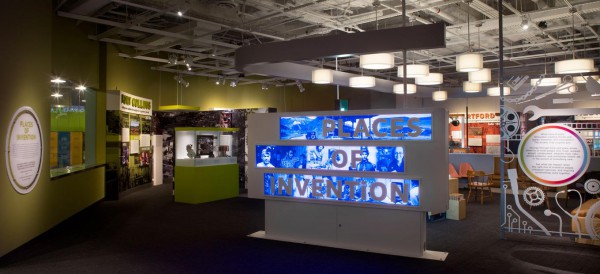 Describing Hartford’s prominent manufacturing history, Hinz said “Hartford, CT, is a classic story in the history of American technology. If you have ever wondered why people refer to “Yankee ingenuity,” this is what they are talking about.” He adds, “In the mid and late 1800s, the United States overtakes Great Britain as the world’s foremost economic superpower, largely on the strength of its prowess in inventing and manufacturing new technologies. Hartford is at the center of that revolution.”
Describing Hartford’s prominent manufacturing history, Hinz said “Hartford, CT, is a classic story in the history of American technology. If you have ever wondered why people refer to “Yankee ingenuity,” this is what they are talking about.” He adds, “In the mid and late 1800s, the United States overtakes Great Britain as the world’s foremost economic superpower, largely on the strength of its prowess in inventing and manufacturing new technologies. Hartford is at the center of that revolution.”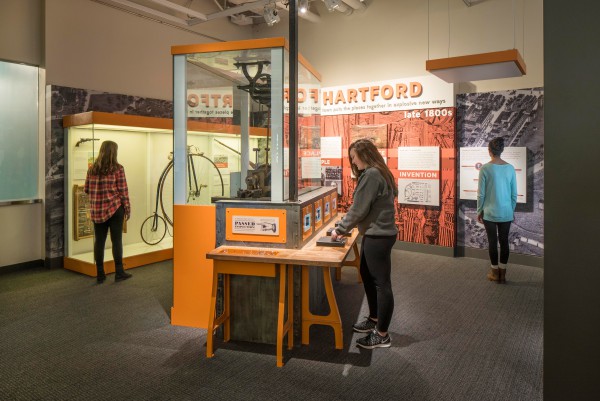 The exhibit notes that by the 1850’s “Hartford became the center of production for a wide array of products—including firearms by Colt, Richard Gatling and John Browning; Weed sewing machines; Royal and Underwood typewriters; Columbia bicycles; and even Pope automobiles.”
The exhibit notes that by the 1850’s “Hartford became the center of production for a wide array of products—including firearms by Colt, Richard Gatling and John Browning; Weed sewing machines; Royal and Underwood typewriters; Columbia bicycles; and even Pope automobiles.”
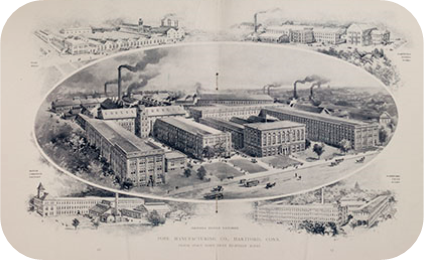 rode his high-wheeler from the station down Capitol Avenue to the Weed Sewing Machine Company.’”
rode his high-wheeler from the station down Capitol Avenue to the Weed Sewing Machine Company.’”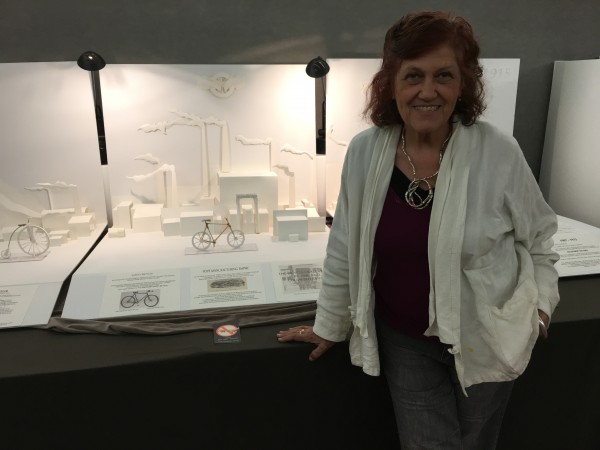 Jeanne Manzelli, a resident of Windsor, has a
Jeanne Manzelli, a resident of Windsor, has a  BFA in Sculpture from the Massachusetts College of Art and her MED in Art Education from the University of Massachusetts, Amherst. Her experience includes a 20 year career in design, manufacture, appraisal and sale of jewelry, two decades as mural artist working closely with interior designers as an industry professional, and 14 years teaching basic and advanced drawing, sculpture and 3D design as well as color theory at Tunxis Community College.
BFA in Sculpture from the Massachusetts College of Art and her MED in Art Education from the University of Massachusetts, Amherst. Her experience includes a 20 year career in design, manufacture, appraisal and sale of jewelry, two decades as mural artist working closely with interior designers as an industry professional, and 14 years teaching basic and advanced drawing, sculpture and 3D design as well as color theory at Tunxis Community College.
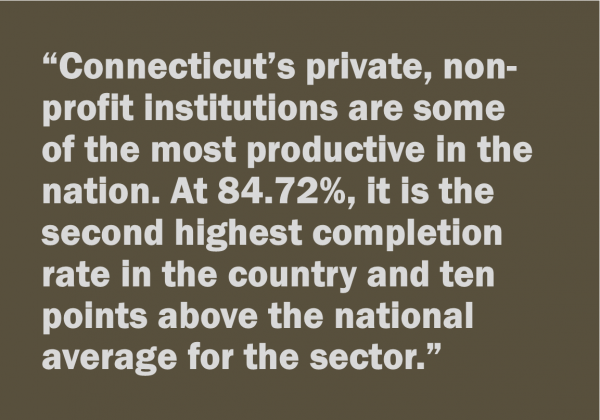 is is a significant omission.
is is a significant omission.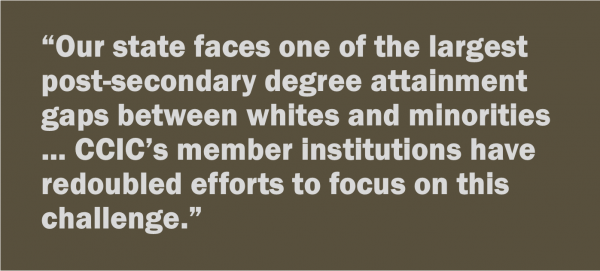
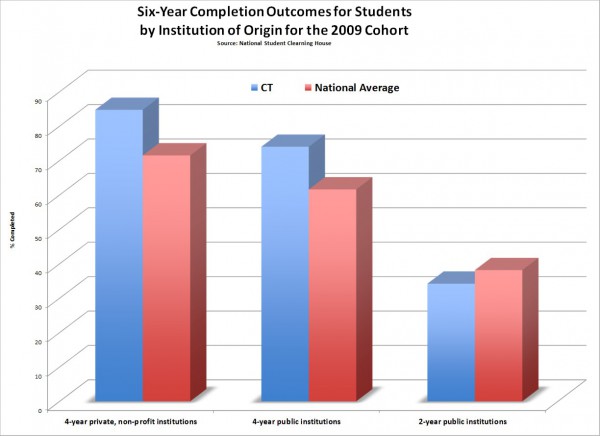
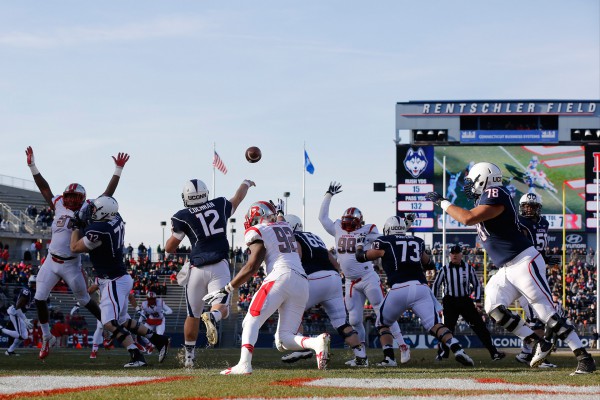

 The site said of
The site said of  s, including:
s, including:

























